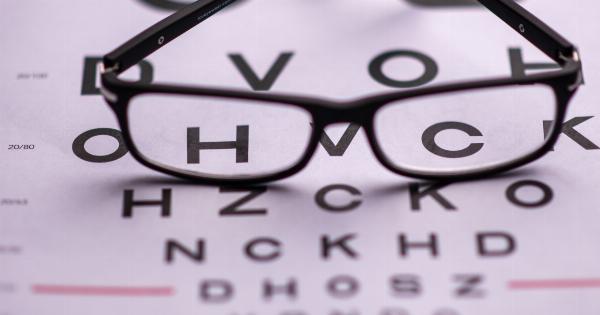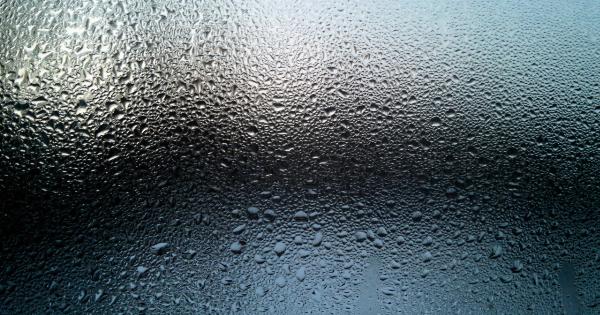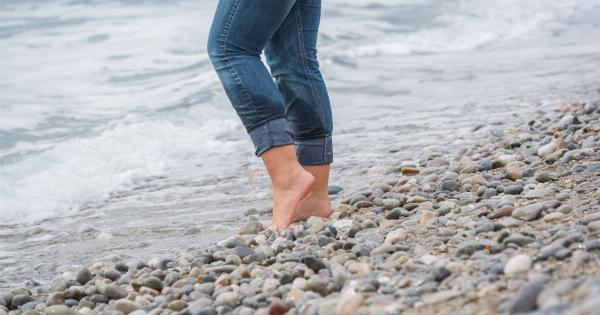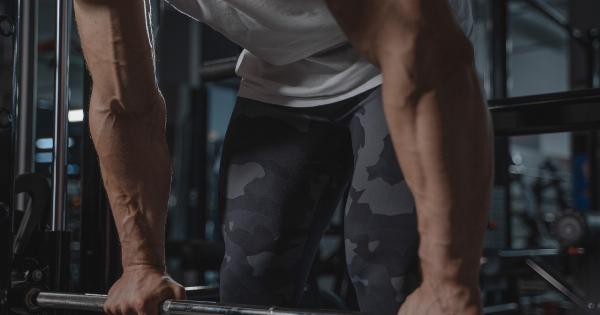Liquid retention, also known as edema, is a condition where fluid builds up in our tissues, causing swelling or inflammation.
It can be caused by several factors, such as circulatory problems, heart diseases, liver or kidney problems, hormonal imbalances, among others.
An excess of sodium or salt intake can also lead to liquid retention. The recommended daily intake of sodium is about 2,300 milligrams for an average adult.
However, some people should consume less, such as those with hypertension, diabetes, and kidney problems.
Here is an easy test to check if you have liquid retention. Follow these simple steps:.
Step 1: Press and Release
Press your thumb over the bony part of your foot, making an indent for a few seconds. Release and check if the indent remains for a while. You can also do it on your leg or hand.
Step 2: Check the Results
If the indent disappears quickly and your skin goes back to its original form, you probably don’t have liquid retention. However, if the indent remains for a few seconds, your skin might hold too much water.
You can also check in other parts of your body such as your ankles and abdomen.
If you notice swelling or inflammation that doesn’t disappear after a few days, you should contact your healthcare provider to rule out any underlying medical condition.
Prevention and Treatment
Prevention is key to avoid liquid retention. Here are some tips:.
- Reduce your sodium intake
- Drink plenty of water to help your kidneys to get rid of excess sodium and fluid
- Exercise regularly to improve circulation
- Elevate your legs and feet while resting
- Wear compression stockings to avoid swelling in your legs
If you have severe liquid retention, your healthcare provider may recommend diuretics or water pills to help eliminate excess fluid.
However, they can cause electrolyte imbalance and dehydration, so it’s essential to follow your doctor’s instructions.
The Bottom Line
Liquid retention is a common condition that can have several causes. Do this easy test to check if you have it, and if you notice any swelling or inflammation, don’t hesitate to consult a healthcare provider.
Remember to follow a healthy lifestyle to prevent this condition and enhance your overall health and well-being.



























